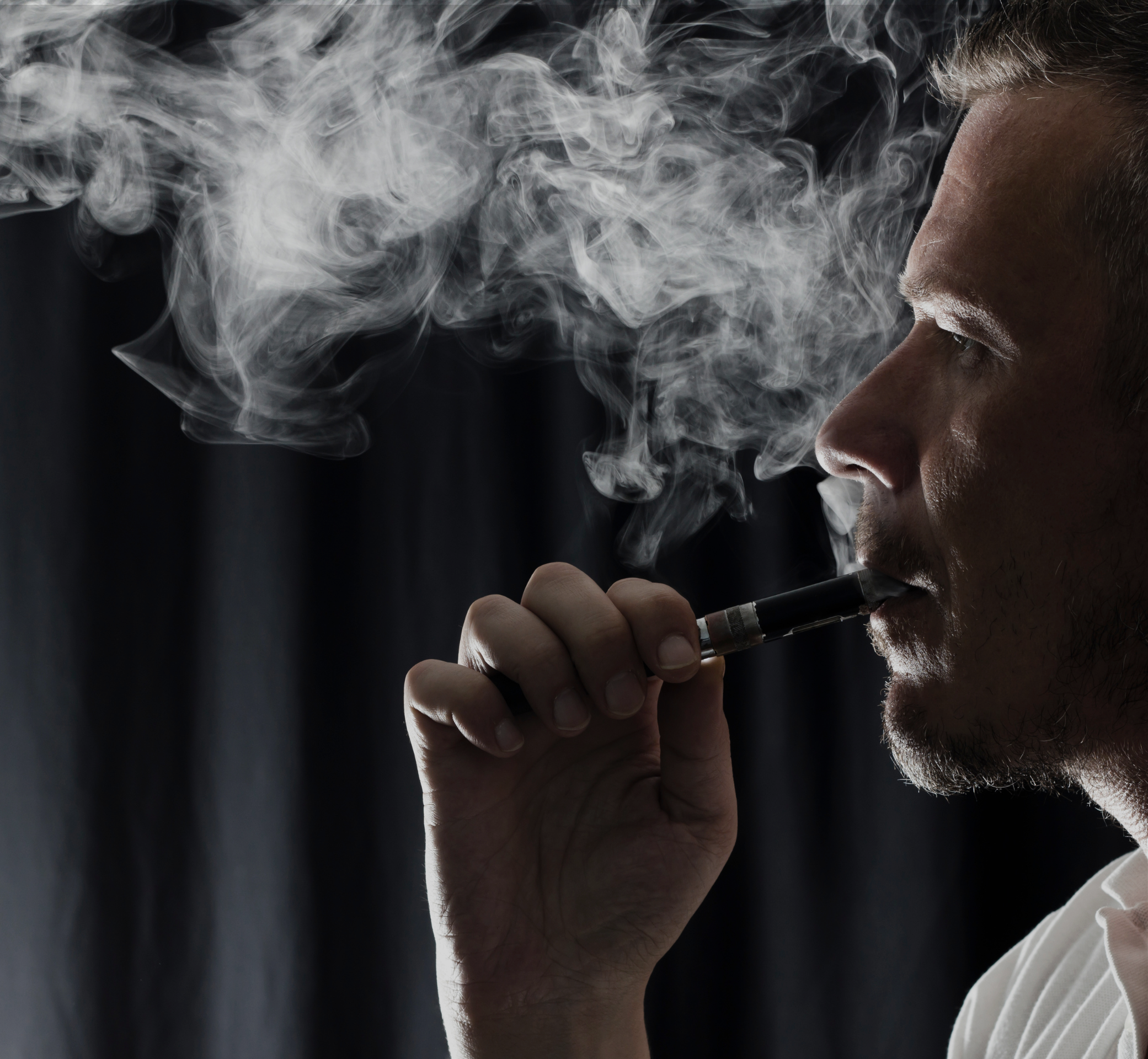Veel Amerikaanse fabrikanten van e-liquids hebben onlangs hun voornemen aangekondigd om over te stappen van nicotine uit tabaksbladeren naar synthetische nicotine. De VS (en Europa) hebben onmiddellijk geprobeerd een verbod in te voeren. De World Vapers' Alliance en de Amerikaanse consumentenorganisatie CASAA stellen dat dergelijke verboden aanzienlijke schade zullen toebrengen aan consumenten die willen stoppen met roken.
Het Amerikaanse Congres heeft vorige week een omnibusbegrotingswet aangenomen, waarin bepalingen zijn opgenomen die de Food and Drug Administration de bevoegdheid geven om synthetische nicotineproducten te reguleren als tabaksproduct.
Michael Landl, directeur van de wereldwijde belangenbehartigingsorganisatie voor schadebeperking, World Vapers' Alliance, is van mening dat deze regelgeving schadelijk zal zijn voor zowel huidige rokers als dampers.
Hij zei: "“Het wetsvoorstel bedreigt de beschikbaarheid van minder schadelijke alternatieven voor roken, zoals vapen. Er dreigt een ramp voor de volksgezondheid. Door duizenden vape-winkels failliet te laten gaan, zullen veel vapers weer gaan roken. Het is zinloos om je te richten op het exacte product waarmee ze konden stoppen met roken. Synthetische nicotine is een innovatieve manier om de schadelijke effecten van roken te verminderen en mensen een alternatief te bieden voor traditionele sigaretten.
“Het doel van schadebeperking is om de nadelige gevolgen te verminderen bij mensen die niet kunnen stoppen met roken. Het is in veel landen wereldwijd effectief gebleken en heeft miljoenen mensen geholpen met stoppen. Het land van de vrijheid zou deze landen moeten volgen in plaats van te veranderen in een betuttelende staat..”
Synthetische nicotineproducten vallen onder de Premarket Tobacco Application (PMTA)-procedure, waarbij bedrijven een vergunning moeten aanvragen om op de markt te mogen blijven. Dit maakt het voor nieuwe e-sigarettenbedrijven een grote uitdaging om te overleven en het wordt daardoor voor consumenten moeilijker om aan vape-producten te komen.
“Veel bedrijven beschikken niet over de middelen om de aanvraag voor tabaksproducten in te dienen die vereist is volgens de FDA-regelgeving voor tabaksproducten. Dit wetsvoorstel zal veel negatieve gevolgen hebben voor de inspanningen om de schade door tabaksgebruik te beperken, waardoor de toegang tot vape-producten mogelijk wordt beperkt en ex-rokers gedwongen worden om weer te gaan roken., voegde Landl toe.
CASAA zegt: “Synthetische nicotine is geen nieuw idee of product, maar het wordt in een laboratorium gemaakt. Tabaksfabrikanten overwogen in de jaren 60 enkele toepassingen, maar problemen met de kosten en de productkwaliteit maakten het destijds onaantrekkelijk. Tegenwoordig zijn de kosten voor de productie van hoogwaardige synthetische nicotine lager dan in de jaren 60, maar het is nog steeds duurder dan nicotine afkomstig van tabak. Hoewel mensen die synthetisch geproduceerde nicotine gebruiken misschien meer betalen voor deze producten, is het nog steeds goedkoper dan sigaretten en veiliger dan roken..”
De consumentengroep voegt toe: “Er is geen reden om aan te nemen dat synthetisch geproduceerde nicotine grotere risico's voor consumenten oplevert dan nicotine uit tabak..”
De Amerikaanse Senaat heeft HR 2471 aangenomen, de “Geconsolideerde begrotingswet van 2022, met 68 stemmen tegen 31. De laatste stap zal het ontvangen van de handtekening van president Biden zijn.





